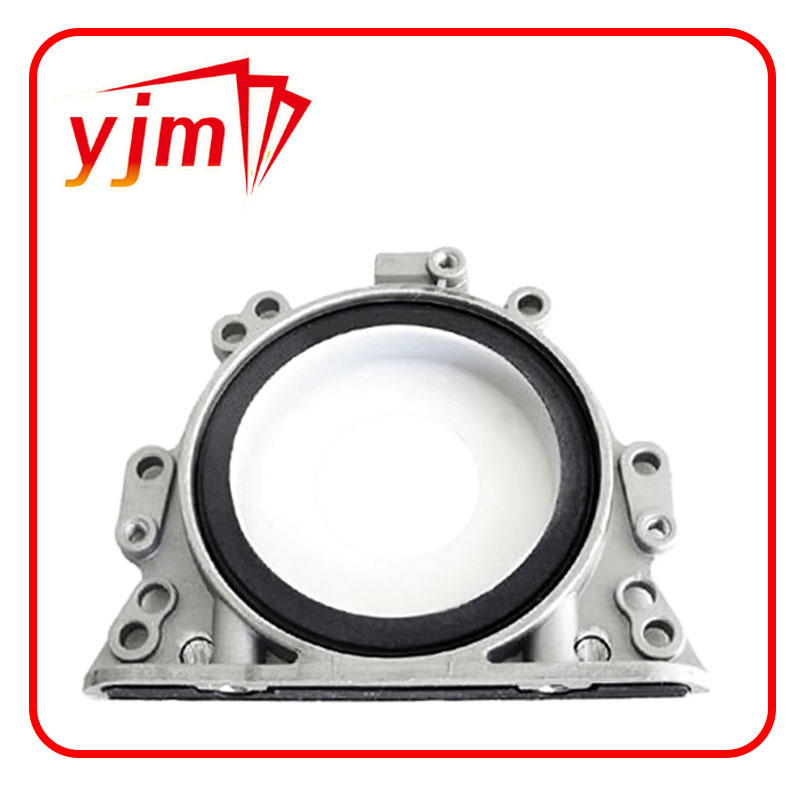oil cooler gasket 7.3 powerstroke
Understanding the Importance of the Oil Cooler Gasket in 7.3 Powerstroke Engines
The Ford 7.3 Powerstroke engine, renowned for its durability and reliability, has been a favorite among diesel enthusiasts for decades. However, like any mechanical component, it is not immune to wear and tear. One critical component that often requires attention is the oil cooler gasket. This article explores the importance of the oil cooler gasket, how it works, common issues, and maintenance tips for the 7.3 Powerstroke engine.
What is an Oil Cooler Gasket?
The oil cooler gasket serves as a seal between the engine block and the oil cooler itself. Its primary function is to prevent oil leaks and ensure that the engine’s oil supply is maintained at a consistent temperature. The oil cooler transfers excess heat from the engine oil to the cooling system, helping to ensure that the oil remains at an optimal operating temperature. This is crucial for maintaining engine performance and longevity.
How Does It Work?
In the 7.3 Powerstroke engine, oil circulates through various components, absorbing heat generated during combustion. As the oil heats up, it flows to the oil cooler, where it is cooled by either air or coolant. The oil cooler consists of a series of passages through which the hot oil flows. The oil cooler gasket ensures that the oil does not leak out of these passages, maintaining pressure within the oil system. If the gasket fails, it can lead to oil leaks, reduced oil pressure, and overheating issues, which can ultimately damage the engine.
Common Issues with the Oil Cooler Gasket
The oil cooler gasket in the 7.3 Powerstroke is prone to wear over time, especially in engines that have been subjected to heavy use. Some common issues include
1. Oil Leaks One of the most telling signs that the oil cooler gasket is failing is the presence of oil leaks. These can occur around the sides of the oil cooler or near the engine block and can create a significant mess if left unattended.
2. Overheating A compromised gasket can lead to improper cooling of the oil, resulting in overheating. If you notice the engine temperature rising beyond normal levels, it might indicate a problem with the oil cooler gasket.
oil cooler gasket 7.3 powerstroke

3. Low Oil Pressure If the gasket is leaking, it can cause a drop in oil pressure. This can create a dangerous situation for your engine, leading to inadequate lubrication and eventual engine damage.
4. Coolant Contamination In some cases, a blown gasket can allow coolant to mix with engine oil, creating a sludge that can clog oil passages and damage engine components.
Maintenance Tips
To avoid issues with the oil cooler gasket, regular maintenance is essential. Here are some tips to keep your 7.3 Powerstroke engine running smoothly
1. Regular Inspections Periodically check for signs of oil leaks around the oil cooler. Early detection can save you from more significant repairs down the line.
2. Change Oil Regularly Maintaining clean oil is crucial for the proper function of the oil cooler. Regular oil changes help remove contaminants that can accelerate wear on the gasket.
3. Monitor Engine Temperature Keep an eye on the engine temperature gauge. If you notice any abnormal fluctuations, it’s essential to investigate the cause immediately.
4. Use Quality Parts When replacing the oil cooler gasket, always opt for high-quality aftermarket or OEM parts. Cheaper alternatives may not provide the same level of sealing and could fail prematurely.
Conclusion
The oil cooler gasket is a small but vital component in the 7.3 Powerstroke engine. Its role in maintaining oil pressure and temperature cannot be understated. By understanding the function of the oil cooler gasket, recognizing common issues, and performing regular maintenance, enthusiasts can ensure their Powerstroke engines run efficiently for years to come. Whether you are managing a truck for work or play, staying on top of your engine’s health will go a long way in preserving its performance and reliability.
-
Understanding the Front Main Engine Seal: Purpose, Maintenance, and Installation
News Jul.29,2025
-
Understanding O-Rings and Seal Rings: Types, Applications, and Custom Solutions
News Jul.29,2025
-
Understanding Crankshaft Oil Seals: Rear Seals, Pulley Seals, and Their Role in Engine Integrity
News Jul.29,2025
-
The Importance of Front and Rear Crankshaft Seals in Engine Performance and Oil Management
News Jul.29,2025
-
Crank Oil Seals: Functions, Types, and Cost Considerations in Engine Maintenance
News Jul.29,2025
-
A Comprehensive Guide to O-Rings and Seals: Types, Materials, and Global Applications
News Jul.29,2025
-
Mastering Diesel and Performance Engine Maintenance: A Guide to Critical Oil Gaskets
News Jul.28,2025
Products categories















